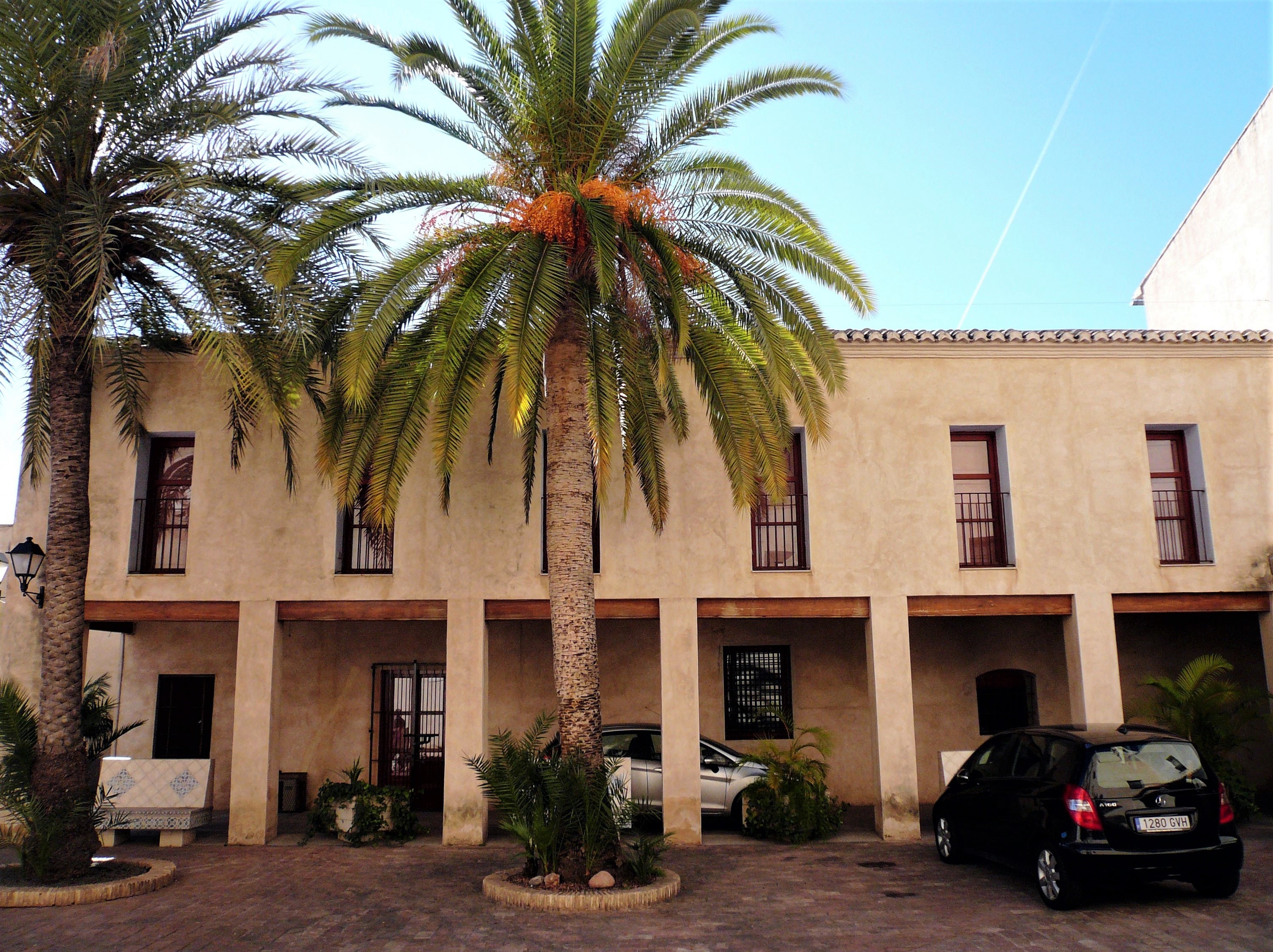The Trinidad convent is of great historical importance, as it was founded in 1444 by María de Castilla, who was the consort of Alfonso the Magnanimous and regent during his long absence in Naples. Maria would be buried in the cloister of this monastery.
Masters Francesc Baldomar and Francesc Martí Biulaygua took part in the construction of the convent. The portal of the church, which is accessed through a courtyard, is the work of Pere Compte and has a Florentine ceramic tondo attributed to Lucca della Robbia. The interior of the church was renovated in the 17th century, in the Baroque style.
















